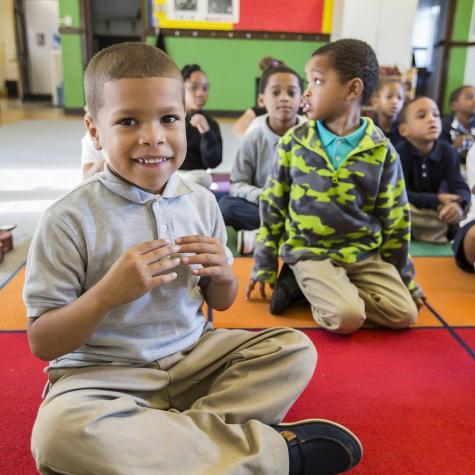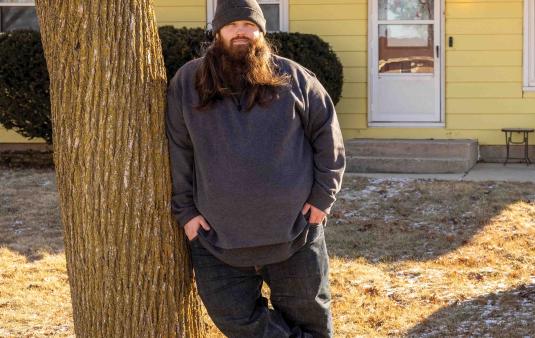Money is our tool for impact. Where other lenders step back, we step in.
At BlueHub Capital, we live our mission by making catalytic investments that amplify community strengths—investments that create wealth and educational opportunity; that fill unmet needs for quality jobs, health- and childcare, housing and community facilities; and investments that make all communities more sustainable.
Increasing economic opportunity is at the heart of why BlueHub exists and why we do the work we do. Our investments focus on communities that have been systematically denied access to capital.
We hold ourselves accountable through our impact measurement and management (IMM) practice. Our IMM practice helps us understand who we serve, how we deliver on our mission and values, and what we can do differently and better. It’s about learning, together, how we can partner to help build healthier and more resilient communities.



